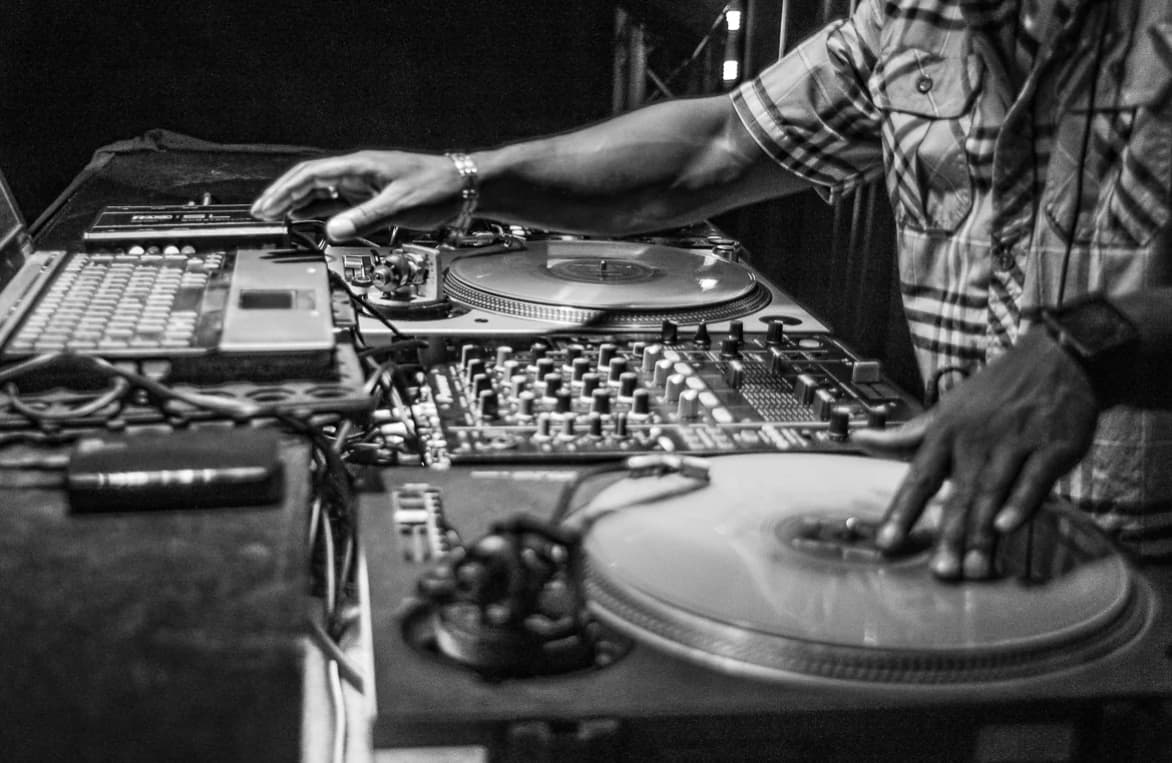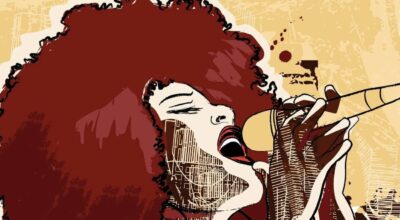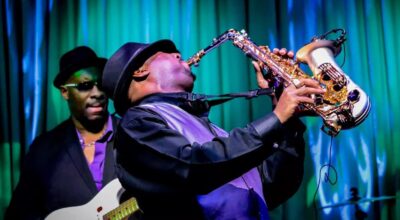The Old School Rap style emerged from the vibrant hip-hop scene of late 1970s and early 1980s New York City, characterized by its fast-paced delivery. It stands out for its straightforward rhyming patterns, where lines are typically uniform, and speech rhythms remain consistent throughout the beat.
Categorizing Sounds and Effects
Modulations, if used, are brief and swiftly revert to their original tones, harmonizing seamlessly with the music.
Unlike the socially conscious themes explored by groups like Grandmaster Flash and the Furious Five, Old School Rap initially focused less on lyrical depth, often opting for light-hearted and humorous narratives perfect for urban parties and disco scenes.
An Overview of the Genre
Old School Rap laid the groundwork for female rappers and witnessed iconic releases like “Rapper’s Delight” by the Sugarhill Gang and “King Tim III” by Fatback in 1979, marking its official entry into mainstream music culture.
Sugarhill Records dominated the scene until the emergence of Run-D.M.C. in the mid-1980s, revolutionizing rap with their hardcore urban sound and paving the way for contemporary rap and hip-hop.
Conclusion
While Old School Rap may seem slower and more simplistic compared to its modern counterparts, its timeless appeal endures as the quintessential party music, reminding us of its lasting impact on music culture despite the ever-evolving musical landscape.


